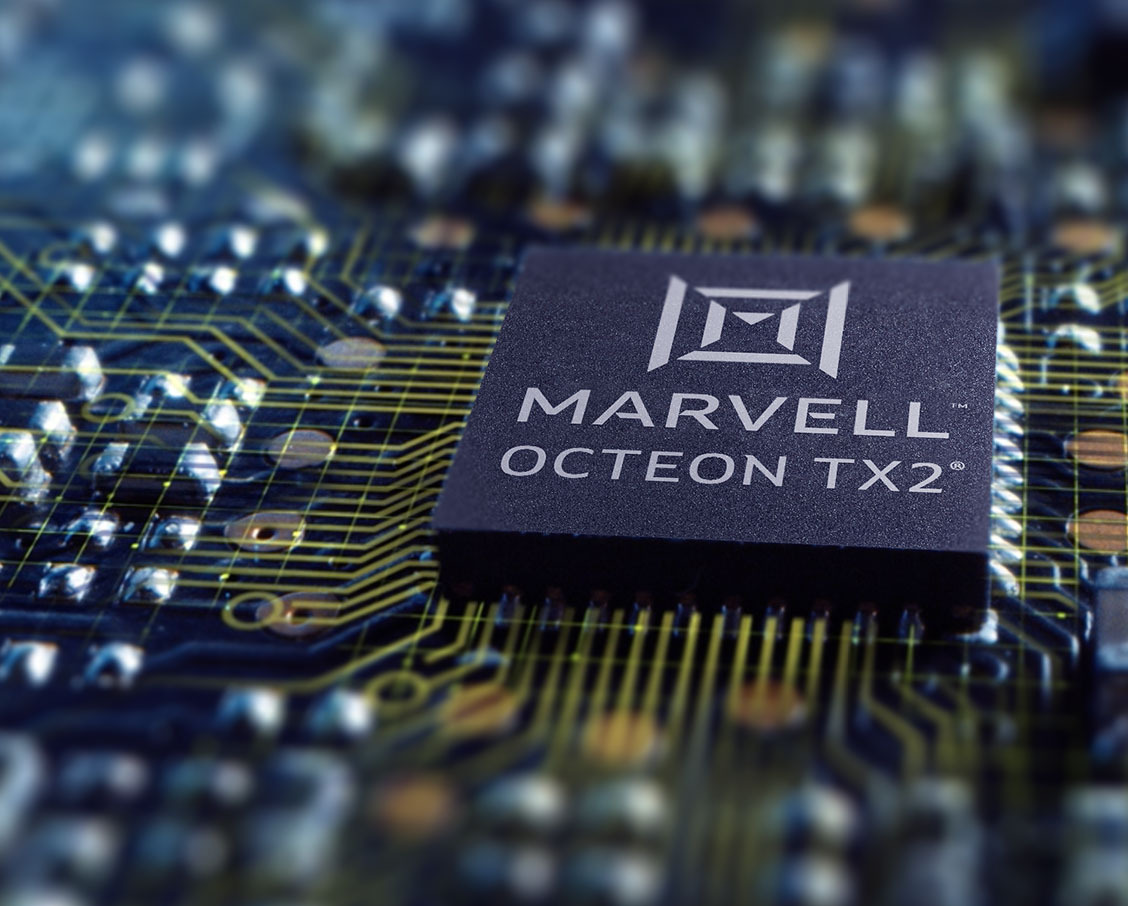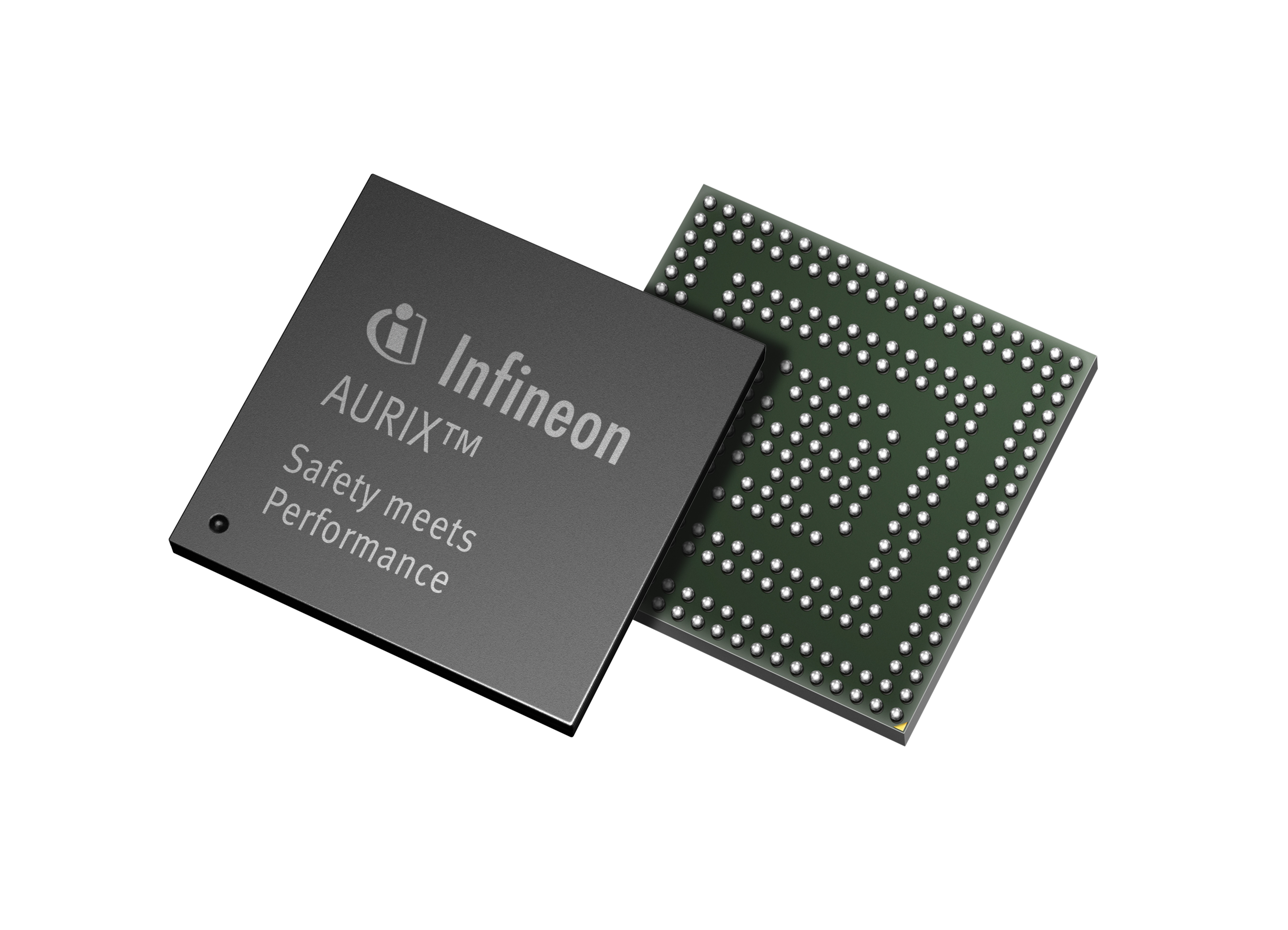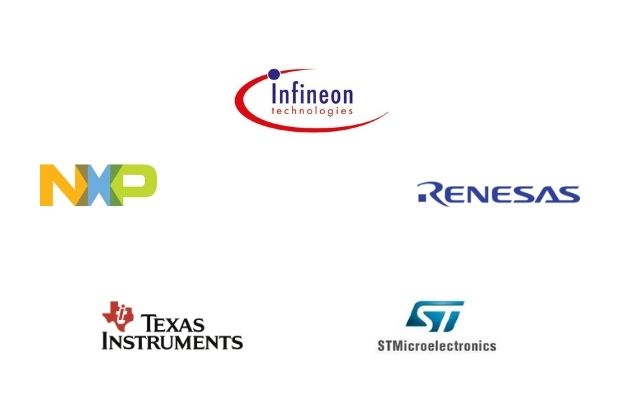
Marvell Sells Automotive Ethernet Unit to Infineon for $2.5 Billion in Strategic Refocus on AI and Data Centers
A Billion-Dollar Pivot: Marvell Trades Automotive Ethernet Ambitions for Data Center Dominance
A Calculated Departure From the Fast Lane
In a deal that reverberates across the global semiconductor industry, Marvell Technology, Inc. announced Monday that it will divest its entire Automotive Ethernet business to Infineon Technologies AG for $2.5 billion in cash. The transaction, expected to close within the year pending regulatory approval, includes the Brightlane® portfolio—one of the most advanced automotive Ethernet platforms in the market today—and is projected to generate between $225 million and $250 million in revenue for fiscal 2026.

This high-profile move is not merely a divestiture. It’s a strategic retreat from an industry poised to define the future of transportation, executed in favor of an aggressive bet on AI and cloud-driven infrastructure. For Marvell, it’s the next step in an intentional shift toward becoming a pure-play data infrastructure giant. For Infineon, it’s a leap deeper into the software-defined vehicle revolution.
Table: Overview of Software-Defined Vehicles (SDVs)
| Aspect | Description |
|---|---|
| Definition | Vehicles where software drives functionality, adaptability, and feature updates. |
| Key Features | - Continuous over-the-air (OTA) updates- Centralized computing architecture- Enhanced connectivity (e.g., V2X)- Personalization options- Advanced operating systems |
| Benefits | - Improved safety (real-time fault detection)- Sustainability (optimized energy use)- Monetization through software upgrades |
| Comparison to Connected Vehicles | SDVs focus on internal adaptability via software, while connected vehicles emphasize external communication (e.g., V2V, V2I). |
| Industry Impact | Enables vehicles to evolve dynamically, similar to how smartphones revolutionized mobile technology. |
“This is the kind of portfolio pruning that defines new eras for tech companies,” said one senior equity analyst tracking semiconductors. “It’s a bet-the-company kind of moment.”
Why Marvell Hit the Brakes on Automotive
Strategic Focus Over Diversification
Marvell’s decision is rooted in a clear-eyed strategic refocusing. By the fourth quarter of fiscal 2025, data center end markets—bolstered by AI, cloud, and high-performance compute—had ballooned to 75% of Marvell’s consolidated revenue. Automotive, while promising, simply wasn’t growing fast enough to justify continued investment when compared to the explosive momentum of hyperscale data centers.
Table: Marvell Technology Revenue Breakdown by End Market (Q4 Fiscal 2025)
| End Market | Revenue ($ Billion) | Percentage of Total Revenue |
|---|---|---|
| Data Center | 1.6 | 52% |
| Carrier Infrastructure | 0.6 | 20% |
| Enterprise Networking | 0.6 | 20% |
| Automotive/Industrial | 0.3 | 8% |

The company’s leadership sees more efficient capital deployment elsewhere. Divesting a business unit with $4 billion in design wins through 2030 and harvesting a 10× revenue multiple is, to some, textbook value maximization.
"This deal isn't a retreat—it's a reallocation," noted an investment manager at a top U.S.-based growth equity firm. “They're cashing in at peak strategic value, and using the liquidity to double down on segments with better operating leverage.”
Automotive Ethernet is a specialized networking technology designed for use within vehicles. It provides the high-speed data communication backbone needed to support modern automotive features like advanced driver-assistance systems (ADAS), infotainment, and diagnostics.
The Competitive Landscape
Though Marvell’s automotive Ethernet solutions were top-tier—used by more than 50 OEMs globally, including eight of the top 10—competition in the space is brutal. Giants like NXP, Broadcom, and Texas Instruments are pushing aggressive roadmaps. The automotive Ethernet space is also notorious for long product cycles, high compliance burdens, and less pricing flexibility than enterprise infrastructure segments.
In contrast, the AI arms race in the cloud and enterprise data markets presents more favorable unit economics, faster feedback loops, and lower regulatory drag.
The Upside: Who Wins and Why
A Clean Exit at a Premium Price
For Marvell shareholders, the transaction offers immediate gratification. The $2.5 billion in cash is equivalent to roughly 10 times the unit’s expected fiscal 2026 revenue—a premium valuation in a maturing segment. With that cash, Marvell gains financial flexibility to accelerate investments in its data center and AI roadmap.
The fact that the business was organically built—without reliance on bolt-on acquisitions—further strengthens the optics. It’s a homegrown unit sold at a peak valuation.
“Few divestitures actually look this clean. There’s no distressed sale here. It’s surgical,” a semiconductor-focused M&A consultant commented.
Infineon’s Golden Opportunity
For Infineon, already a dominant force in automotive microcontrollers through its AURIX™ product line, the acquisition is a high-impact bolt-on that rounds out its portfolio with high-speed in-vehicle connectivity solutions. The synergies are not hypothetical: combining microcontrollers with Brightlane® Ethernet positions Infineon to address the full-stack networking needs of zonal architectures and autonomous platforms.

Table summarizing Zonal Architecture in vehicles, including its features, advantages, and applications.
| Aspect | Details |
|---|---|
| Definition | Decentralized vehicle architecture dividing the car into physical zones managed by zonal controllers. |
| Key Features | - Physical organization by zones- Central compute module- High-speed communication (e.g., Ethernet)- Hardware consolidation |
| Advantages | - Reduced wiring complexity- Scalability and modularity- Improved performance- Simplified maintenance- Support for software-defined vehicles |
| Applications | - Autonomous driving systems- Infotainment systems- AI-driven applications- Enhanced connectivity |
It also expands their customer access and R&D efficiency. Marvell’s pipeline of design wins becomes Infineon’s overnight—potentially reshaping the competitive landscape in automotive semiconductors.
“This deal could turn Infineon into a one-stop-shop for next-gen vehicle networks,” said a European auto-tech consultant. “It’s about vertical integration of intelligence and connectivity.”
The Trade-Offs: Strategic Risks and Hidden Costs
Exiting a Market Still in Ascent
For all its logical alignment, the move is not without risk. The automotive semiconductor market, particularly for Ethernet and networking, remains in its early innings. As vehicles grow more complex and software-defined, high-bandwidth, low-latency connectivity is no longer optional—it’s foundational.
Table: Projected Growth and Key Insights of the Automotive Semiconductor and Ethernet Markets
| Category | Details |
|---|---|
| Automotive Semiconductor Market Size | USD 71.2 billion (2025) → USD 130.4 billion (2035) at a CAGR of 6.8%. Another estimate: USD 102.15 billion by 2034 at 8.12% CAGR. |
| Growth Drivers | EVs and hybrids, ADAS adoption, V2X communication, and 5G integration. |
| Automotive Ethernet Market Size | USD 2.9 billion (2023) → USD ~37.1 billion (2037) at a CAGR of 17–21%. |
| Key Applications | ADAS, infotainment systems (38% market share in 2023), and connected car technologies. |
| Regional Trends | Europe leads with ~35% market share in 2023 due to safety regulations and tech advancements. |
| Emerging Technologies | Power Over Data Lines (PoDL), AI-powered edge computing chips, and Ethernet hardware dominance. |
| Challenges | Supply chain issues, high costs, cybersecurity risks, and real-time performance limitations. |
Critics argue that in walking away now, Marvell may have surrendered a long-term growth engine just before it hit scale.
“This is like selling the land before the skyscrapers go up,” said one auto-industry veteran. “Yes, it’s a capital-efficient exit. But it might also be premature.”
Overconcentration Concerns
There’s also the question of portfolio concentration. With 75% of revenue now derived from data infrastructure, Marvell’s exposure to the ebbs and flows of that singular market becomes more pronounced. If AI infrastructure demand softens—even cyclically—the downside impact could be disproportionate.
Table: Historical Revenue Concentration of Marvell Technology (Data Infrastructure vs. Other Segments)
| Segment | Q4 FY2024 Revenue Share (%) | Q4 FY2025 Revenue Share (%) | Key Trends |
|---|---|---|---|
| Data Center | 54% | 75% | Rapid growth driven by AI and cloud solutions. |
| Enterprise Networking | 19% | 9% | Decline due to strategic focus on data center. |
| Carrier Infrastructure | 12% | 6% | Reduced demand in traditional telecom markets. |
| Consumer | 10% | 5% | Weak demand and reduced investment. |
| Automotive/Industrial | 5% | 5% | Stable performance with limited growth. |
This raises questions about whether strategic clarity is being pursued at the expense of resilience.
Integration: Infineon's High-Stakes Test
Operational and Cultural Complexity
Integrating a mature business into an existing corporate structure is always fraught. There are cultural, technical, and logistical challenges that, if mishandled, could erode value quickly.
In Infineon’s case, the stakes are particularly high. A failed integration could compromise time-to-market for new automotive solutions, disrupt service to OEMs, and stifle the pace of R&D innovation.
“There’s always a risk that what looks synergistic on paper turns out to be friction in practice,” said a former automotive semiconductor executive.
Regulatory & Execution Risk
The transaction still faces regulatory approvals. Delays or restrictions—especially in sensitive cross-border deals involving tech and mobility—could create headwinds. Additionally, any concessions imposed by antitrust regulators could dampen the financial upside.
The Wider Market: Shifting Gears Across the Industry
A Signpost for Sector-Wide Realignment
This deal underscores a larger trend in the semiconductor space: companies are aggressively streamlining operations to chase higher-growth, higher-margin markets like AI, cloud infrastructure, and edge compute.
What we’re witnessing is not just a deal—it’s a sector-wide reshuffling.
“I expect we’ll see more of this—non-core divestitures and vertical integrations,” said a tech M&A advisor. “It’s about building leaner, faster, and smarter portfolios.”
The Rising Stakes in Automotive Networking
Infineon’s move will not go unnoticed by competitors. As the automotive Ethernet battlefield evolves, NXP, TI, and others may be forced to respond—whether by cutting prices, fast-tracking R&D, or seeking acquisitions to match the breadth of Infineon’s offering.

If Infineon executes well, it could pressure the margins and innovation cycles of everyone else in the space.
A Forward-Looking Investor's Lens
Betting Big on the AI Boom
Marvell’s $2.5 billion cash gain is likely to be rapidly redeployed. Analysts expect the company to make bold moves—perhaps in the form of acquisitions or aggressive internal scaling—to deepen its AI and cloud compute capabilities.
“This is dry powder in a hot war,” said a portfolio manager at a top-tier hedge fund. “They’re not going to sit on this cash. Watch for a second act soon.”
A Rewriting of the Competitive Landscape
If Infineon integrates successfully and exploits the full depth of the Brightlane® pipeline, it could emerge as the dominant end-to-end provider of automotive compute and connectivity. That could drive consolidation pressure across the tier-1 semiconductor suppliers—and potentially shift the locus of innovation in connected mobility.
The Final Lap: What Comes Next
The Marvell–Infineon deal marks a pivotal inflection point for both companies. For Marvell, it’s a bet on the future of computing—AI, cloud, and the data infrastructure backbone of tomorrow’s economy. For Infineon, it’s a bold acceleration toward owning the digital nervous system of tomorrow’s vehicles.
Yet beneath the press release lies a web of strategic nuance. The integration will test Infineon’s operational agility. The reinvestment will reveal Marvell’s execution mettle. And the industry will watch closely to see whether this $2.5 billion pivot proves prescient or premature.
One analyst summed it up simply: “It’s a transformation. The next five years will tell us who got it right.”